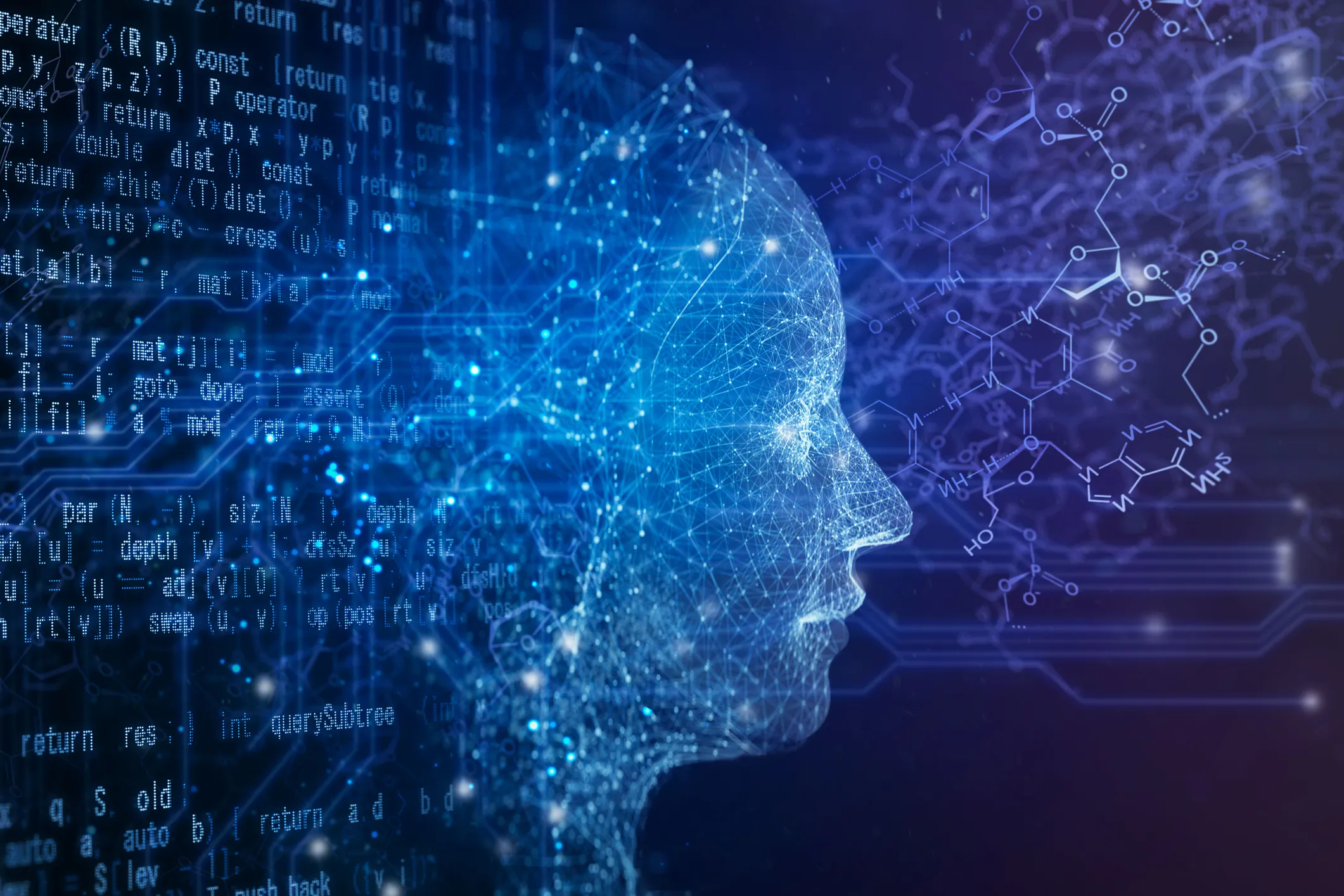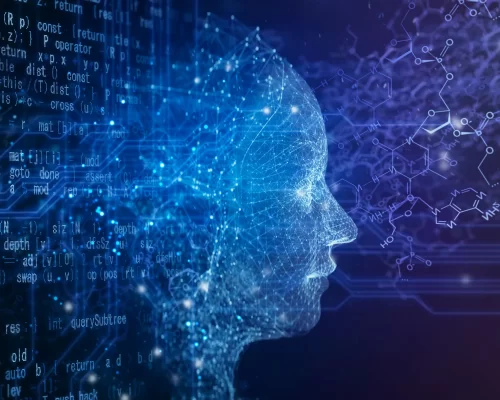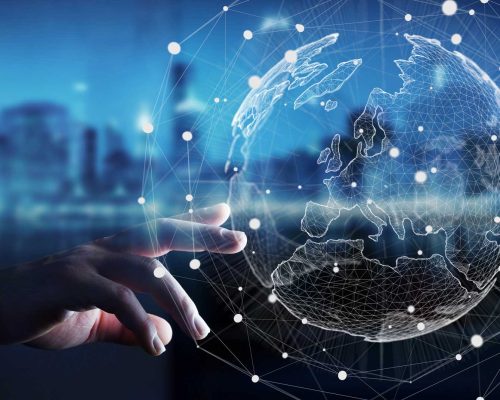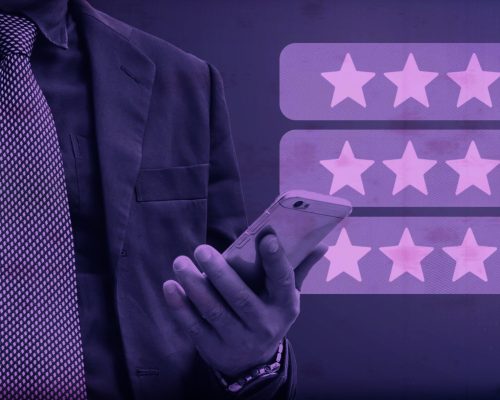As the Philippines gears up for the 2025 midterm elections, a new player is quietly entering the political arena: artificial intelligence.
From social media monitoring to big data analytics, AI is now being used to analyze political trends, forecast electoral outcomes, and even spot early frontrunners. But can these technologies really predict how Filipinos will vote?
How AI Is Changing Political Forecasting
Unlike traditional punditry, AI relies on data — massive amounts of it. Think:
-
Sentiment analysis from Facebook and X (formerly Twitter)
-
Past election results and demographic trends
-
Online engagement metrics
-
Surveys and opinion polls
AI models process this information using machine learning algorithms that identify patterns and correlations humans might miss. For example, if a senatorial candidate’s name suddenly trends with positive sentiment in multiple regions, an AI system could flag them as a potential top contender.
In short, AI doesn’t just guess — it learns and adapts.
What AI Is Saying About 2025
Early indicators from AI-based political forecast tools suggest a few interesting trends for this year’s elections:
-
Independent candidates may perform better than expected, thanks to strong online engagement.
-
Youth-driven narratives are gaining traction, especially those focused on education, digital jobs, and climate action.
-
Candidates with strong local digital campaigns are outpacing some traditional politicians who rely on legacy media.
Still, these predictions are just that — predictions. They’re not meant to replace the ballot box.
The Problem With Predictions
AI isn’t perfect, especially in the context of Philippine politics. Here’s why:
-
Social media doesn’t reflect everyone — Many voters, especially in rural areas, aren’t online.
-
Data can be gamed — Trolls, bots, and paid campaigns can mislead both AI and people.
-
It doesn’t understand context — AI can spot patterns but doesn’t always grasp nuance like family loyalties, local dynamics, or cultural influence.
And there’s the ethical side, too. Should we really let algorithms influence how people vote?
What This Means for Voters
If you’re a voter, here’s the bottom line: AI is a tool, not a crystal ball. It can highlight trends, raise red flags, and offer insights — but it shouldn’t replace your judgment. The best way to decide? Stay informed, check multiple sources, and think critically.
AI might be able to model the data, but it’s still you who casts the vote.



























